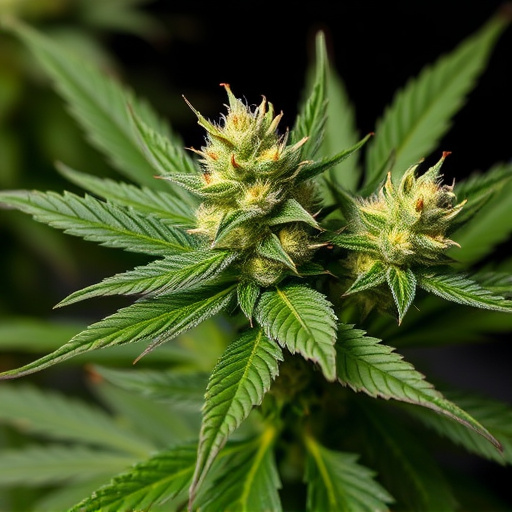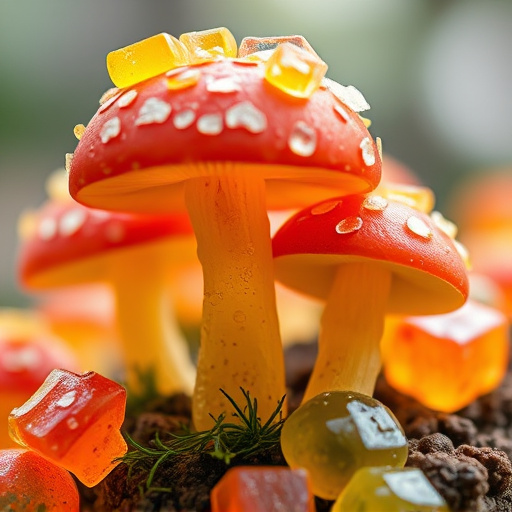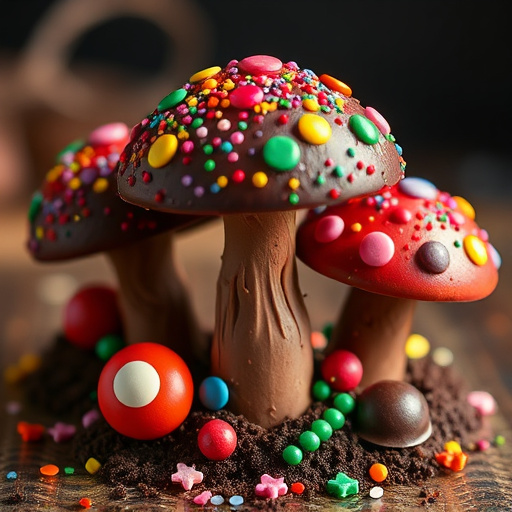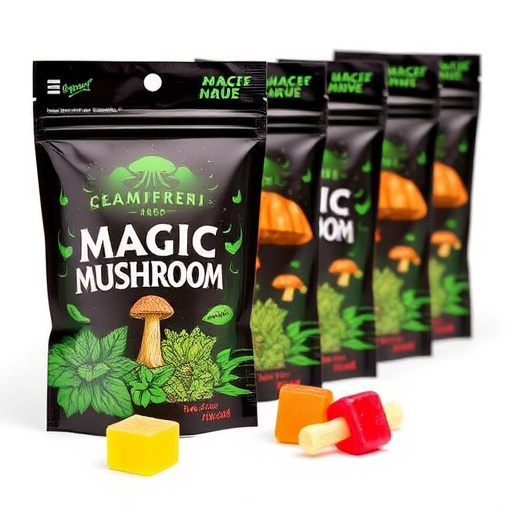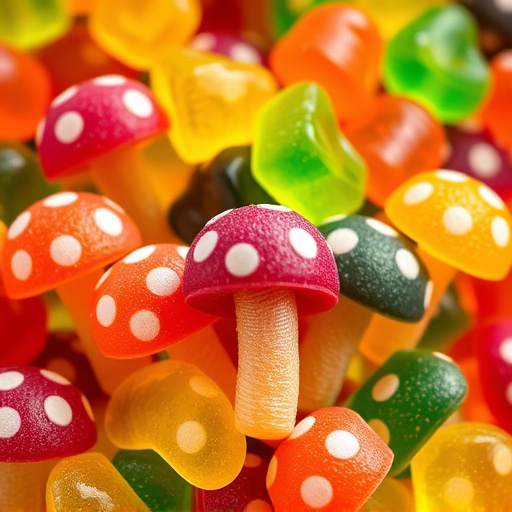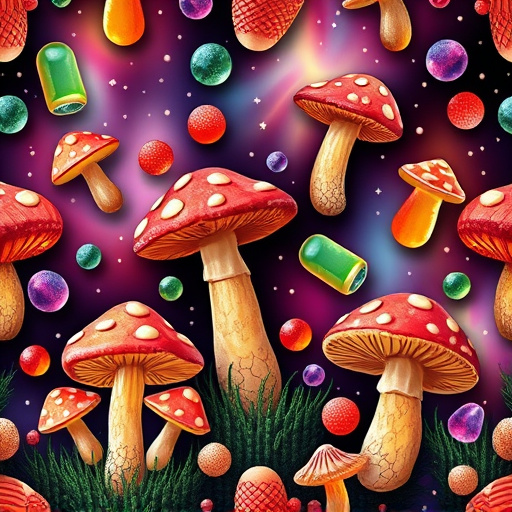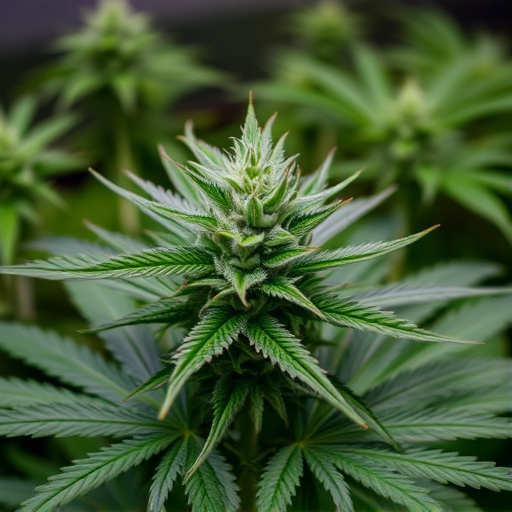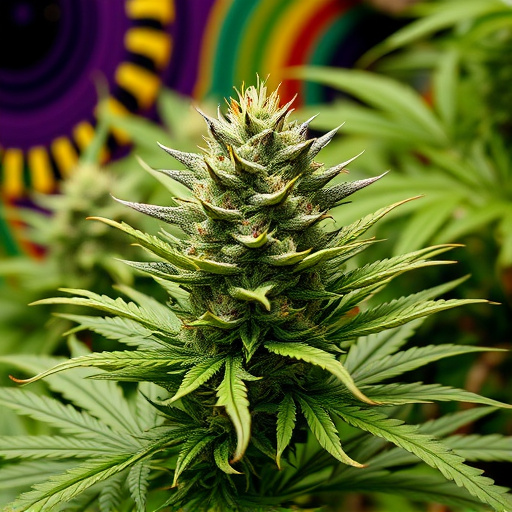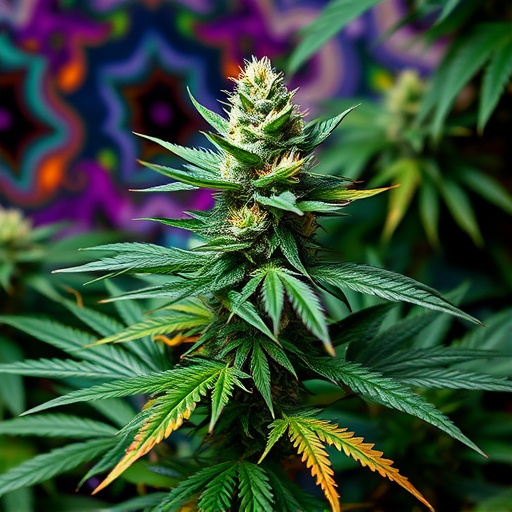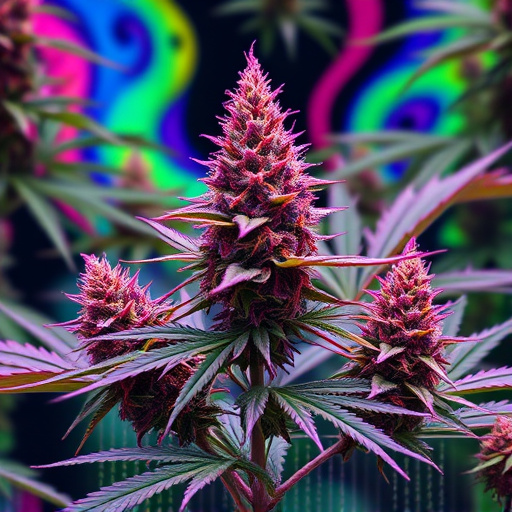Cannabis, known for compounds like THC and CBD, has sparked debates about safety and dosage. Psychedelic cannabis strains, high in THC, offer potential medical benefits but carry risks of anxiety and paranoia. CBD, non-intoxicating, provides relief from inflammation and anxiety. These psychedelic strains encourage mental states, creativity, and self-exploration, with research exploring their efficacy in PTSD, depression, and anxiety. Dosage is crucial; individual effects vary, and high doses may trigger adverse reactions. Gradual increases starting from low doses and consulting professionals are recommended. Microdosing tiny amounts has emerged as a safe therapeutic method. Understanding personal tolerance and healthcare guidance remain essential for safe cannabis usage.
“Unveiling the complexities of cannabis, especially the rising interest in its psychedelic strains, prompts a critical examination of safe dosage limits. While cannabis has gained mainstream attention for recreational use, its therapeutic potential remains a subject of intense research. This article delves into the current understanding of cannabis effects, explores the unique properties of psychedelic strains, and analyzes the latest findings on setting safe dosage boundaries. By examining these factors, we aim to provide insights into navigating cannabis consumption responsibly.”
- Understanding Cannabis and Its Effects: A Comprehensive Overview
- The Role of Psychedelic Cannabis Strains and Their Unique Properties
- Setting Safe Dosage Limits: Exploring the Current Research and Recommendations
Understanding Cannabis and Its Effects: A Comprehensive Overview

Cannabis, a plant renowned for its diverse uses and effects on the human body and mind, has sparked countless debates regarding its safety and dosage. At the heart of this discussion lies the complex relationship between cannabis consumption and its impact on users’ well-being. Understanding cannabis involves recognizing its varied compounds, particularly tetrahydrocannabinol (THC) and cannabidiol (CBD), which contribute to its therapeutic and psychedelic properties.
Psychedelic cannabis strains, known for their potent effects, often contain elevated levels of THC, the primary psychoactive compound responsible for the “high” associated with cannabis use. While THC offers potential medical benefits, such as pain relief and appetite stimulation, it also carries risks, including anxiety, paranoia, and potential long-term cognitive impacts. On the other hand, CBD, present in varying concentrations across different strains, has gained attention for its non-intoxicating properties and potential therapeutic advantages, making it a popular choice for those seeking relief from inflammation, seizures, and anxiety without the psychoactive effects.
The Role of Psychedelic Cannabis Strains and Their Unique Properties

Psychedelic cannabis strains have gained significant attention in recent years due to their unique properties and potential therapeutic benefits. These strains, characterized by elevated levels of tetrahydrocannabinol (THC) and often lower concentrations of cannabidiol (CBD), offer a distinct experience compared to traditional medical cannabis varieties. Beyond the well-known psychoactive effects, psychedelic strains may possess compounds that encourage profound mental states, enhance creativity, and facilitate deeper self-exploration.
Researchers are exploring the potential of these strains in treating conditions such as post-traumatic stress disorder (PTSD), depression, and anxiety. The unique interplay between THC and other cannabinoids found in psychedelic cannabis can lead to intense emotional and cognitive changes, making it a promising area for study. However, it’s crucial to understand that the effects can vary widely among individuals, highlighting the need for careful dosage consideration and professional guidance when exploring these specific strains.
Setting Safe Dosage Limits: Exploring the Current Research and Recommendations
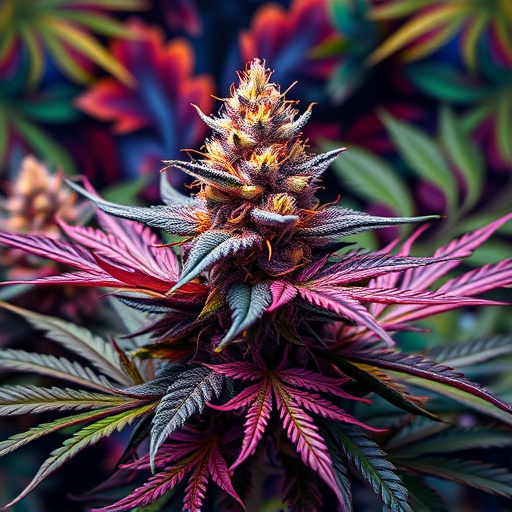
Setting safe dosage limits for cannabis is a complex task, as its effects can vary greatly depending on individual factors such as age, weight, tolerance, and overall health. While some advocate for a one-size-fits-all approach, current research suggests that tailoring dosage to personal needs is more effective. Studies have explored the potential risks associated with high doses of psychedelic cannabis strains, which can include anxiety, paranoia, and psychotic episodes in vulnerable individuals.
Recommendations from medical professionals often start with low doses and suggest gradual increases until desired effects are achieved. For those seeking therapeutic benefits, microdosing—ingesting incredibly small amounts—has gained attention as a safe way to enhance mood, reduce inflammation, and promote well-being without negative side effects. As research continues to evolve, understanding personal tolerance and consulting healthcare providers will remain crucial in navigating the safe usage of cannabis products, especially for those interested in exploring its therapeutic potential.
While research into the effects of cannabis continues to evolve, especially with the growing interest in psychedelic cannabis strains, setting safe dosage limits remains a complex task. The current evidence suggests that low doses of THC (the primary psychoactive compound) may offer therapeutic benefits without significant risks. However, individual reactions vary greatly, and higher doses can lead to adverse effects. As the legal status of cannabis changes globally, further studies are needed to establish definitive guidelines for safe consumption, particularly for those exploring the unique properties of psychedelic cannabis strains.
